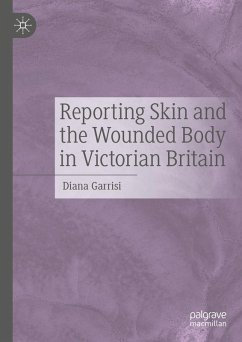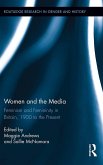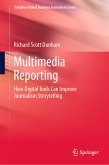-David Hendy, Emeritus Professor of Media and Cultural History, University of Sussex
Drawing on a wide range of primary sources, this book explains what made skin newsworthy in Victorian Britain. It represents a unique contribution to the media history of the human body by delving into the cultural and historical underpinnings of wound representation in Western culture. Employing a case study approach, the book provides a comprehensive exploration of the interplay between dermatology and the Victorian press. This work suggests that there was a mutually constitutive relationship between skin reporting and the formal evolution of news discourse during the nineteenth century. Narratives related to skin, such as wounds caused by corporal punishment, plagues resulting from neglect in workhouses, and occupational skin diseases, emerged as defining features of Victorian newspapers. Notably, media coverage of wounded skin assumed a central rhetorical position in debates pertaining to discipline, abuse, poverty, labour, and social norms, a legacy still discernible in contemporary journalism. Analysing the mediation of the wounded body in Victorian Britain offers a unique insight into the foundations of modern journalism. It sheds light on the impossibility of maintaining an objective framework when observing and reporting on bodies in pain. Paradoxically, news writers and commentators of that era navigated this challenge by encapsulating such narratives within rhetorical constructs that provided a template for the evolution of contemporary news values.
Diana Garrisi is a lecturer in journalism at the School of Journalism, Media and Culture (JOMEC), Cardiff University. She is co-editor of Disability, Media and Representations: Other Bodies (2020) and Journalism Pedagogy in Transitional Countries (2022). In 2015, she received the Samuel J. Zakon Award in the History of Dermatology.
Dieser Download kann aus rechtlichen Gründen nur mit Rechnungsadresse in A, B, BG, CY, CZ, D, DK, EW, E, FIN, F, GR, HR, H, IRL, I, LT, L, LR, M, NL, PL, P, R, S, SLO, SK ausgeliefert werden.









